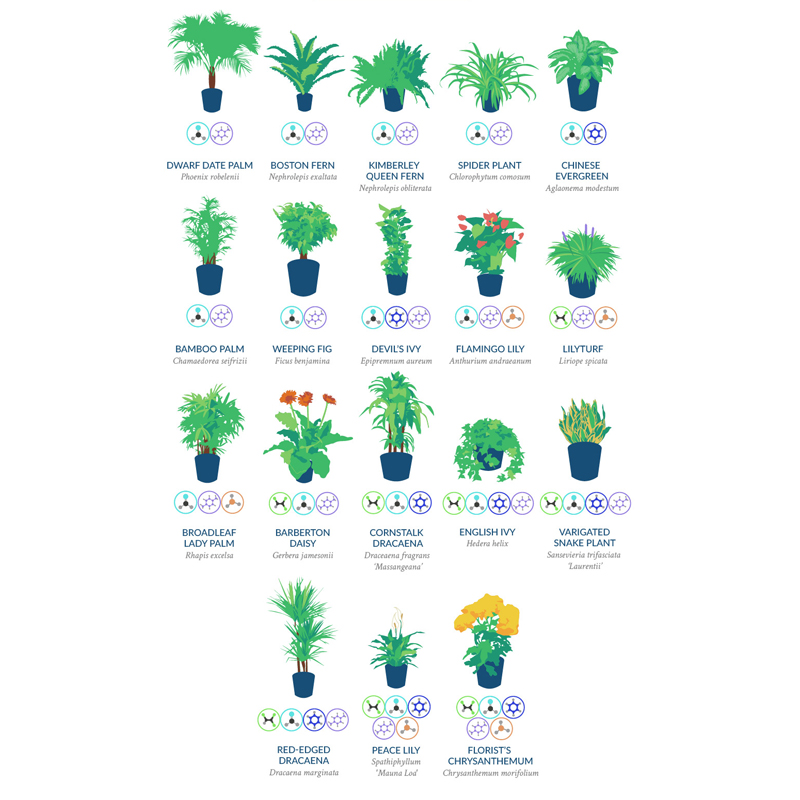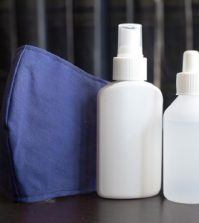- Study Says Most Parents Don’t Use Car Seats In Ride Share Vehicles Like Uber
- This 12-Year-Old Boy Is A Sophomore Aerospace Engineering Major!
- Fire Safety Experts Warn Of Hand Sanitizer Danger After A Mom and Kids Escape House Fire
- Recall Alert: Peaches May Be The Cause Of Salmonella Outbreak, 68 People Ill
- Summer Vacation In The Days Of COVID: Tips To Stay Safe
- How To Safely Grocery Shop During The Coronavirus Pandemic
- Michigan Teen With Vape-Related Illness Undergoes Double Lung Transplant
- Teen Kicks Off Anti-Vaping Campaign From Hospital Bed
- Teenager Receives Life Sentence For Strangling Sister To Death Over A Wi-Fi Password
- Toddler Falls To Death From 11th Deck of Cruise Ship
Best Air-Filtering Plants, According to NASA


ALA just released its 2016 State of Air report and it’s not pretty. If you live in Los Angeles, you will definitely want to continue reading, in fact if you reside in California many cities have been ranked highest on the ALA’s air pollution worst offending list.
Since there is little we can do to change the outside air we breath and the fact that we spend the bulk of our time indoors, be it at home or school or the office. It is therefore vital to ensure that our families have a high quality of air indoors.
NASA researchers set out to find the best ways to clean the air in space stations. Their Clean Air study found the plants below are effective at removing benzene, formaldehyde, and trichloroethylene, xylene, and ammonia from the air—chemicals that have been linked to health effects like headaches and eye irritation.
What’s actually in our air and what are the effects it has on humans?

Trichloroethylene
This can be found in printing inks, lacquers, varnishes, paint remover and adhesives. Depending on the amount of exposure to this toxic agent you could experience dizziness, headaches, nausea and vomiting.

Formaldehyde
Formaldehyde is usually found in paper bags, paper towels, synthetic fabrics, waxed papers and tissues. These all sound like pretty normal everyday things however short term exposure causes irritation to the nose, mouth and throat and in severe cases, swelling of the larynx and lungs.

Benzene
This substance is used to make plastics, resins dyes and detergents. It can also be found in tobacco smoke, vehicle exhausts and furniture wax. Short terms exposure symptoms include dizziness, drowsiness, increase in heart rate, headaches and in some cases can even result in unconsciousness.








heldin
April 20, 2016 at 10:32 am
thnks
Tricia Jacobs
April 22, 2016 at 3:59 am
Also in the vaccines you all inject into your kids…
Donna Richardson
August 9, 2016 at 5:52 am
Totally agree…
Arcelia Gonzalez-Ayala
April 22, 2016 at 7:10 am
Jose Tony Ayala lets get a plant for the inside of the house.
Stacy Davidson
April 22, 2016 at 9:27 am
Brian Scott Davidson
Nancy Damian
April 22, 2016 at 12:28 pm
Raymond Navarro
Marilyn
June 13, 2016 at 8:52 am
My best bet for air filtering plants are palms. There are small palm trees that can fit in a pot and even bear fruits as part of the indoor decoration. We call it pitugo, the small palm tree that bears round fruits like small coconuts. A professional gardener in the nursery said that palms are good for the cleaning of the air. Much more, they are sturdy and sunning once a week is enough for them.
Robin
July 20, 2016 at 6:33 pm
I am looking for a way to save this so I can print it to take to the local nursery to get help picking out plants for my home but can’t find a print or download function.
G M
September 22, 2016 at 8:44 pm
On PC, type Ctrl-P to print. On Mac, type Command-P